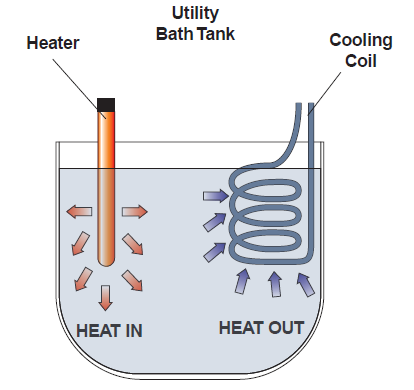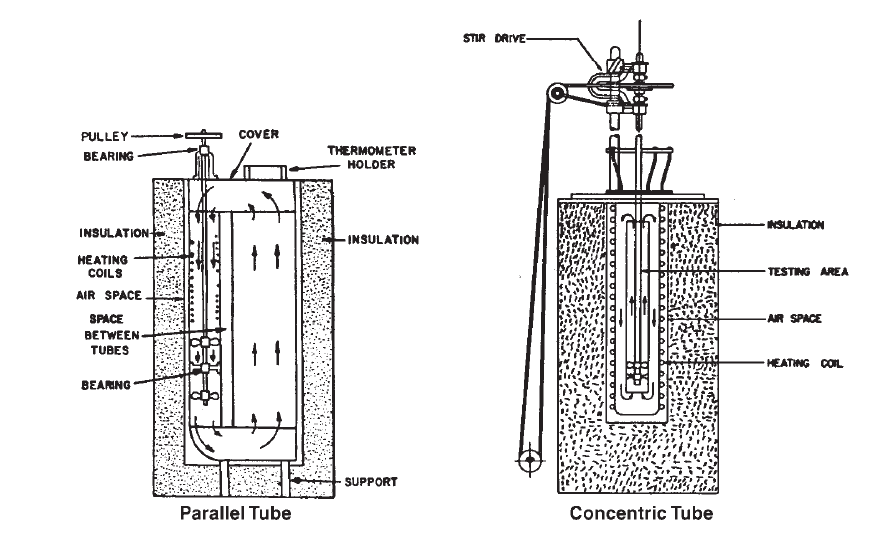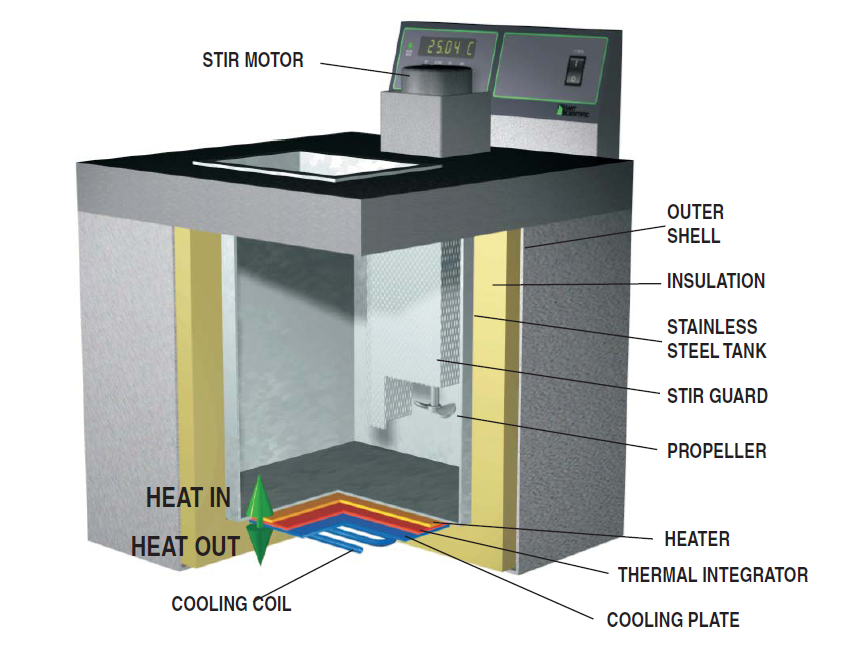- Other Fluke companies:
- Fluke
- Fluke Biomedical
- Fluke Networks
- Fluke Process Instruments
See more Fluke brands


I’m a big fan of calibration baths. When I managed our temperature calibration laboratory, I relied on them. With a series of baths and a liquid nitrogen comparator, we were able to perform a large volume of accredited temperature calibrations with lower uncertainties from -197 °C to 500 °C than would have been possible in any other way. Sometimes we would get a probe that was large and bent, or very small, or had a large handle and it would slow us down, but it would not stop us, because the right bath with a large working area can be very flexible.


